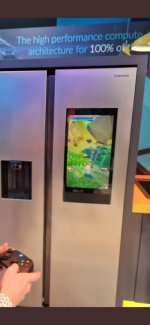These were my comments that I posted on the youtube link FYI. They've all disappeared, so I don't like our chances with engaging in a constructive discussion with him...
--------------------------------------------------------
Couple of points I wouldn’t mind discussing. Firstly, Brainchip completed a back door listing on the ASX through Aziana rather than going down the path of an IPO. This is common, legitimate and not should not be considered a red flag. You imply that it was the Aziana geotechs that decided to change their career path into technology and are responsible for developing the world class technology of Brainchip which is misleading. None of the management team, board of directors or anyone working for Brainchip has come from Aziana.
Secondly, the lack of revenue that you discuss for the majority of this video is relating to Brainchip Studio which is a software suite. This is an entirely different product to Akida which is a neural networking processor on hardware which is only now available in commercial chip sales and IP licensing.
Revenue from Brainchip Studio was not intended to be mind blowing. Simply to assist with offsetting overheads and R&D costs.
What you are implying with your video about Brainchip is the equivalent of criticising Steve Jobs for making a pitiful revenue by selling his volkswagon and calculator to help fund the development of the first Apple computer.
Brainchip’s revenue forecast is shown in the AGM Address and Presentation announced by the company on 26/05/2021. This shows revenue beginning this year and ramping up in 2023 and beyond. Refer to page 32 of 38 in the below link (or slide 20 of the preso). Year 1 = 2021.
https://www.asx.com.au/asx/statistics/displayAnnouncement.do?display=pdf&idsId=02378372









